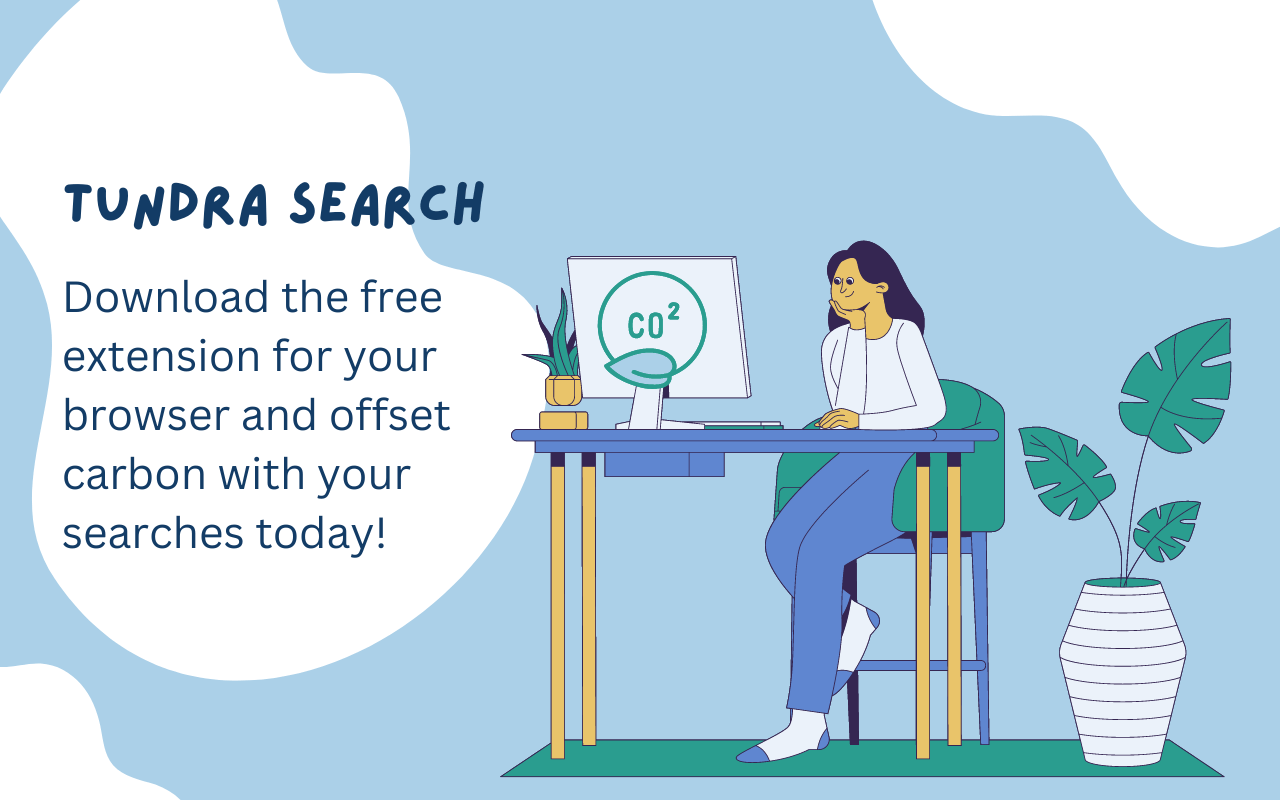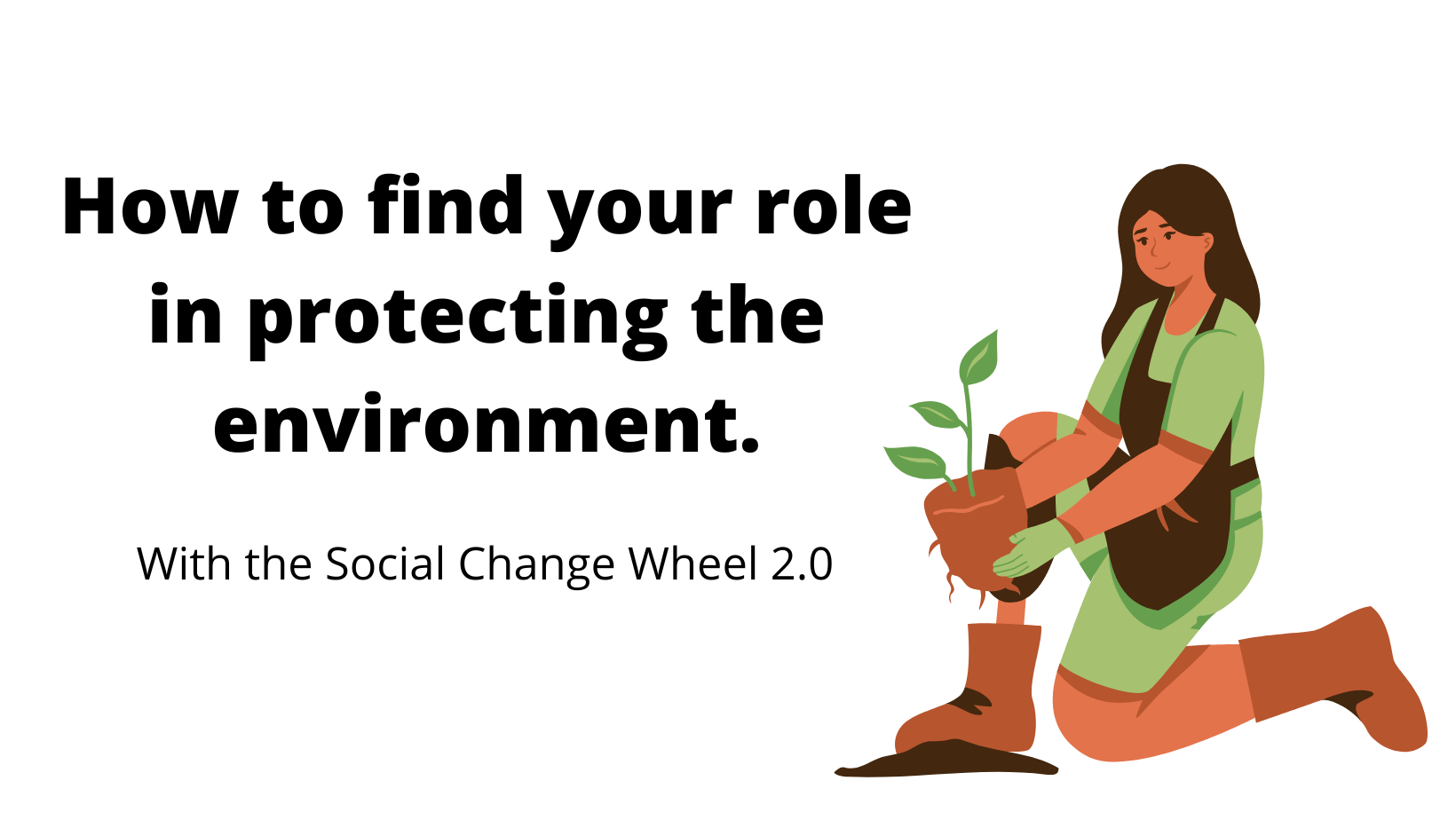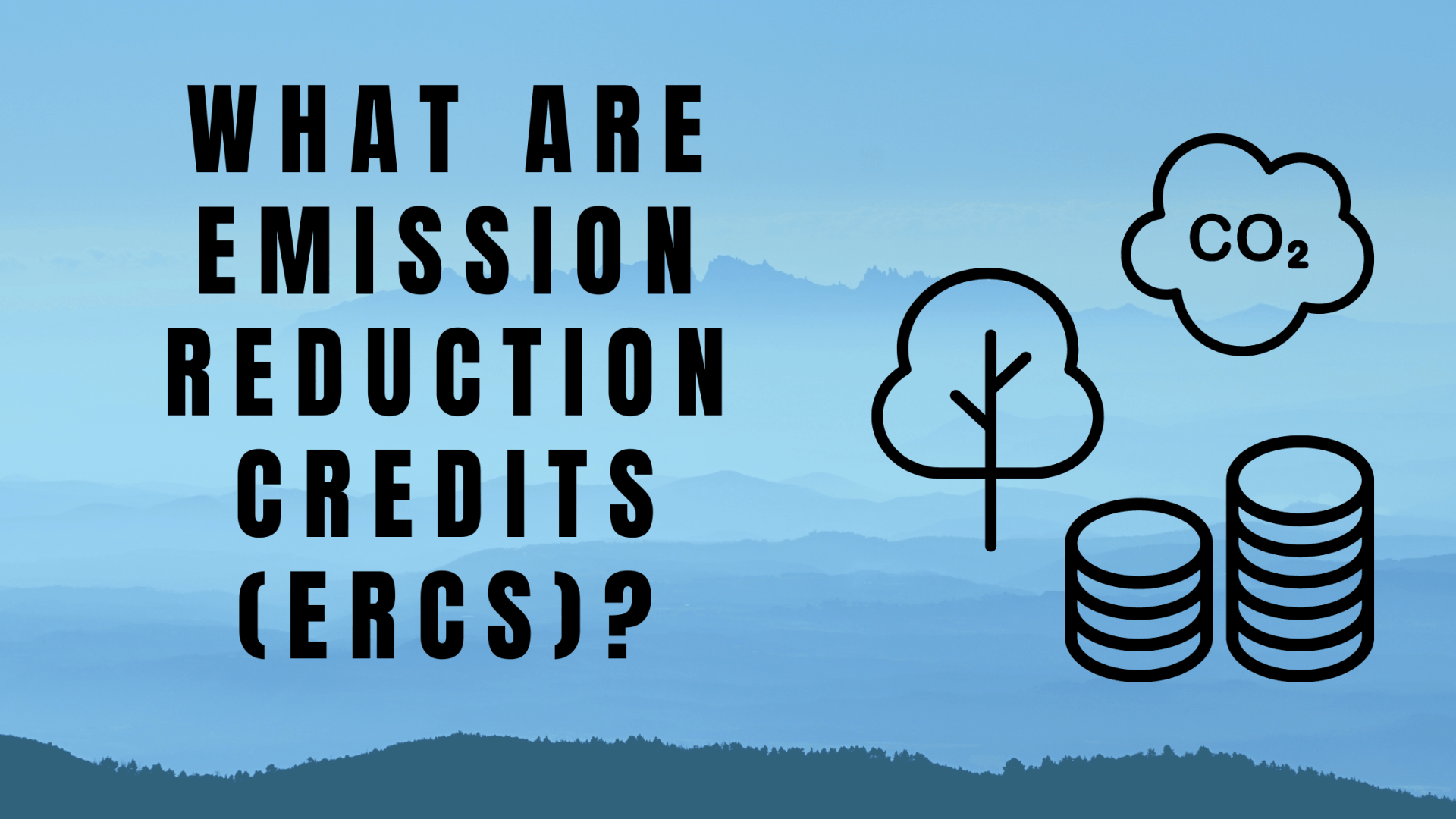What are VOC gases and why are they harmful to the planet?
What are VOC gases?
VOC gases are a type of air pollution. VOC stands for volatile organic compounds, which are carbon-containing gas forms of solid or liquid chemicals. Common sources of VOCs include gasoline, cleaning agents, paint, pesticides, etc.
What happens when VOCs enter the air?
VOCs outdoors can result in acid rain, which brings bad news to our ecosystems. Acid rain raises the pH of our water systems, which can kill fish and prevent their eggs from hatching. High pH water also harms the animals, animals, and people that use the water for drinking, agriculture, etc.
VOCs can also contribute to the formation of ground-level ozone that forms smog. This type of smog harms both plant and human health by increasing the chance for sometimes deadly diseases.
How can I be more aware of my company's VOC emissions and reduce them?
EnviroAI offers three unique products that can help you learn more about VOC emissions: the Generator, Benchmarking, and AI Air.
The Generator: View controlled and uncontrolled stacks and uncontrolled fugitives for VOCs for hundreds of facility locations. Find potential emission reduction credit opportunities that could be saved by cutting down on these emissions.

Benchmarking: See how your emissions rank in the state compared to other facilities in terms of VOCs and other environmental pollutants, as well as how your emissions have changed over time.
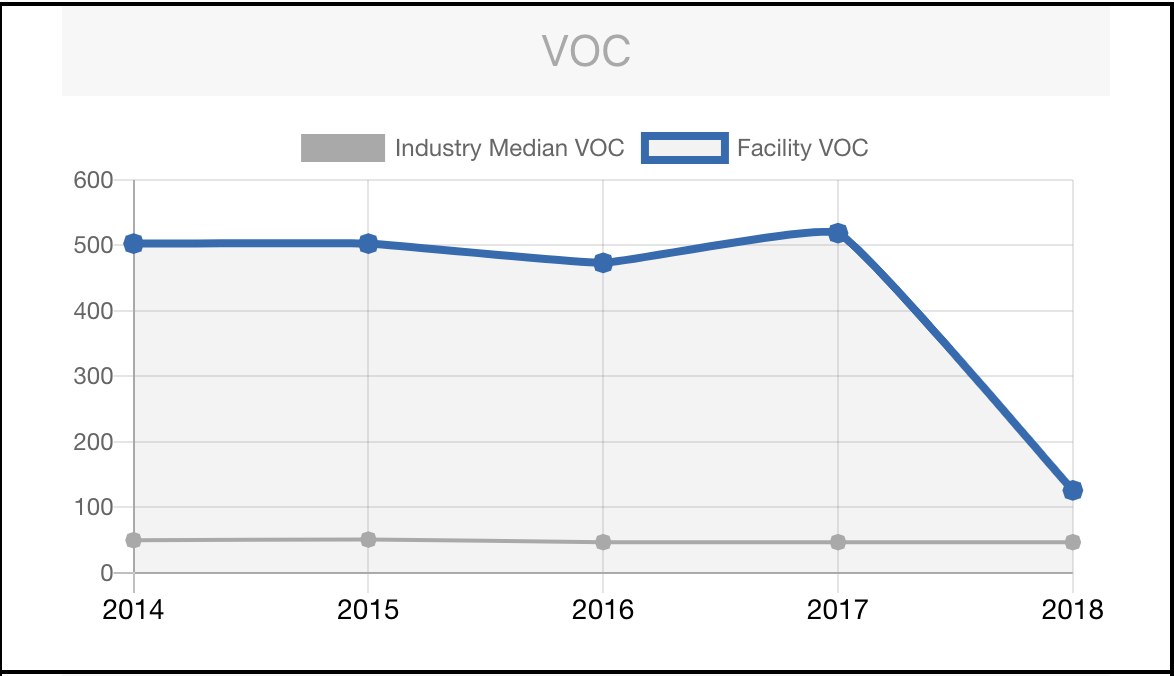
AI Air: View facilities and their entities on an interactive map and see what their VOC control percentage statistics are by clicking on them.
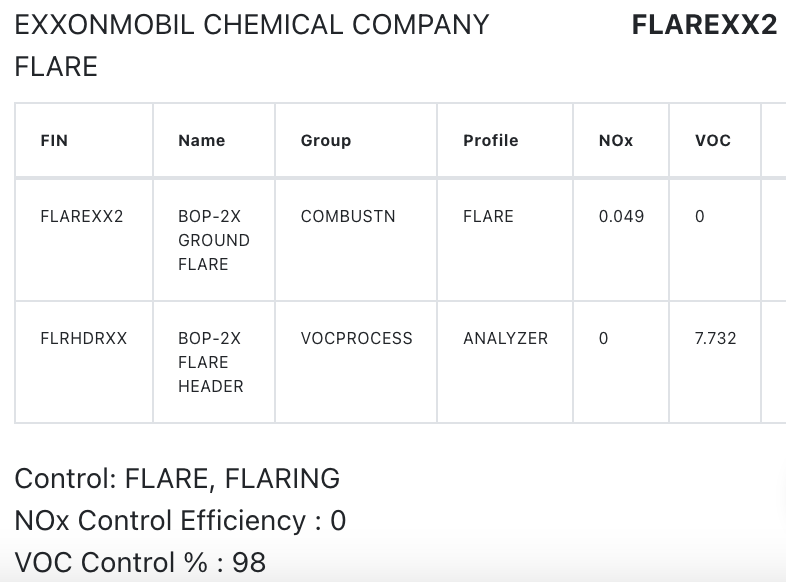
To learn more, see our VOC video linked below!
Follow us on social for the latest updates!

